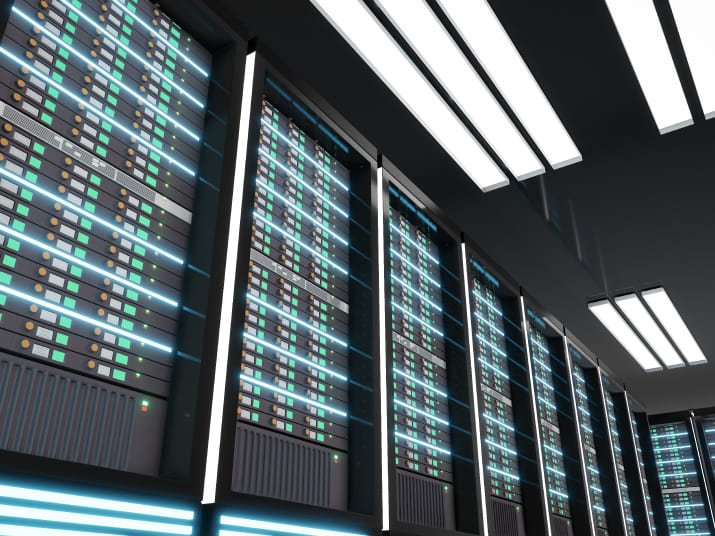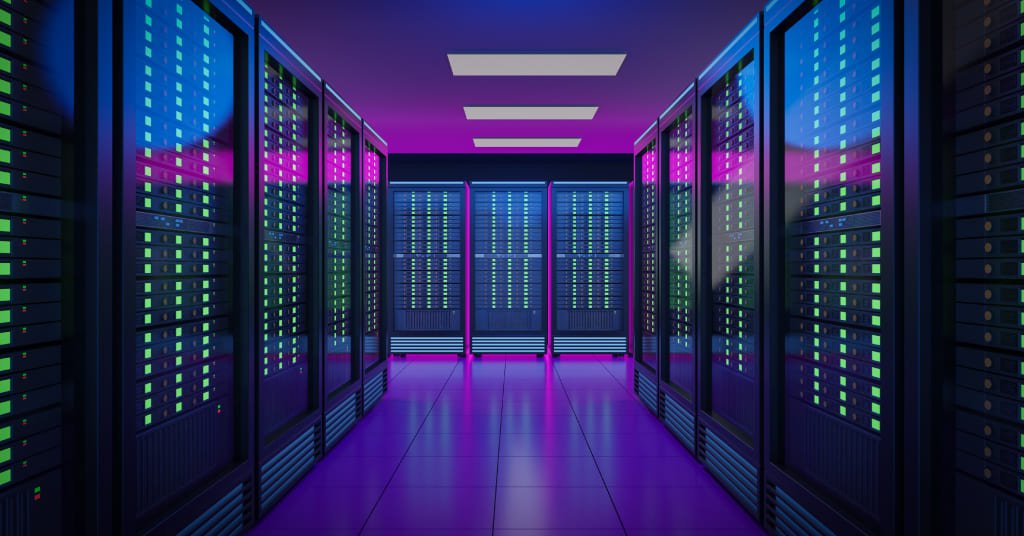Micheal Dell, the CEO of Dell Technologies, said that technology prevented a complete socio-economic meltdown. And, when it comes to technology, data centers are an unputdownable enabler of the same. They continue to impact business and reshape remote working in the post-pandemic world.
Evidently, businesses and orgs globally are aggressively pursuing decentralized IT services to deliver customer services via the public and private cloud platforms across several industries. Moreover, small and medium-sized enterprises are harnessing digital transformation services and embracing digital models to keep hustling.
This spur in demand has led to several innovations and developments in the data center business to improve and enhance user experience.
Interesting Data Center Design Trends to Look Out for in 2022

From public and private cloud infrastructure CPU configurations to power and cooling efficiency techniques: data centers have been deploying the latest technologies and trends to tend to the increasing demand for data hosting and storage and keep their facilities competitive.
Here are a few notable trends you will encounter in 2022 for data center design:
1. Hyperscale data centers
Amazon, Microsoft, and Google collectively own more than 50% of data centers globally and reached a revenue of USD 37 billion in the third quarter of 2020 alone.
Furthermore, the number of data centers operated by hyperscale providers increased to 600 by the end of 2020. Microsoft has also unveiled its plans to build 50 to 100 new data centers every year, including a trillion-dollar investment in a hyper-scale data center in Malaysia.
This spur in hyper-scale data center designs expands the digital ecosystem in the business world. Businesses are increasingly consuming cloud services and data. As a result, data centers are slowly becoming the hub and an innovative enabler for such services and applications.
Hyperscale data center design enables business owners to be future-ready for expansion. Large investments into a hyper-scale data center are beginning to make sense to businesses as digitization and innovation take the front seat in their growth processes and operations.
2. Climate emergency-friendly power and cooling
Customers, stakeholders, investors, and world leaders demand accountability on climate impact from businesses across industries. To stay responsible, data centers have begun to adopt sustainable practices like renewable energy and lithium-ion arteries to reduce their carbon footprint and energy consumption.
In data centers, maximum energy is consumed by power and cooling systems. It was estimated that data centers consume 3% of the global electricity supply and are responsible for 2% of the greenhouse gas emissions globally.
According to IDC, the energy consumption of data centers doubles every year and has the fastest-growing carbon footprint in the IT arcade. At this rate, data centers could end up consuming more than 10% of the global electricity supply by 2030.
Data centers are therefore trying to consume energy responsibly using smart building power-saving systems like lights with motion sensors that turn on and off with movement.
Another way data center designs are becoming more sustainable is by using sustainable alternative energy sources like solar, wind, and gas-powered turbines. This helps cut down their energy usage from the grid while sustaining performances.
3. High-density components
Rack density can impact the power and cooling efficiencies of a data center. For instance, by increasing server-rack density, data centers can reduce or optimize power consumption within the facility.
Furthermore, by increasing server rack density, the data center can offer more capacity to customers, accommodate other components like artificial intelligence and machine learning equipment, and other computing resources needed for intensive applications.
It is said that the average power density of a rack may increase up to 11 kW per rack or higher in 2021. Today, technological advancements make this possible with more minor computer chips that are more powerful for data-driven processes.
4. Better redundancy for 100% uptime
Reliable power and connectivity are deciding factors for a data center. In this competitive market, data centers offer 100% uptime to enable users to avail their services 24/7.
For instance, backup gas generators and battery power is used for redundancy components for an uninterrupted power supply. In addition, physical networking components like copper cables and fiber optic cables are also used in data center design to aid connectivity.
These cables are organized and managed well to make maintenance easier for data center owners and operating personnel.
5. Intelligent monitoring and automation
Futuristic data centers are no longer in the future. Focussing on expansion and growth has surpassed data center owners and is now landing on automation and intelligent monitoring for greater security and uncompromised performance.
The pandemic has brought about reduced human intervention for data center operations. Leveraging intelligent autonomous systems for simple tasks and distributed environments increase capabilities and efficiencies.
For instance, 40% of the respondents in a study said that they’re planning to deploy robotics and automation for data center monitoring and maintenance in 3-years.
This allows for routine workflows and processes like scheduling, monitoring, maintenance, and application delivery to be managed and executed in an error-free manner without the need for human intervention.
This promises business continuity and better efficiencies with improved security within the data center facility.
Datacenter design trends have evolved drastically from software and IT advancements to rack density and energy sources to build more sustainable and forward data centers.
Structured cabling, automation, hi-tech deployments for intelligent monitoring, and smart security prove that data center clients are shifting their focus towards connectivity reliability and scalability.
For instance, well-maintained and managed data facilities with accountability for climate impact have raised that bar for data center designs globally. Adapting to these trends and market demands can help data centers stay competitive.
Mechartes’ data center design experts have enabled several businesses to design and build efficient, future-proof, and sustainable data centers.
Their expertise and industry knowledge can help you harness the power of technological advancements and innovations to put your data center on the map and pave the way for better everyday operations and improved efficiencies in every way.
If you own a data center and are looking to scale up, contact us today!


 Share
Share  facebook
facebook